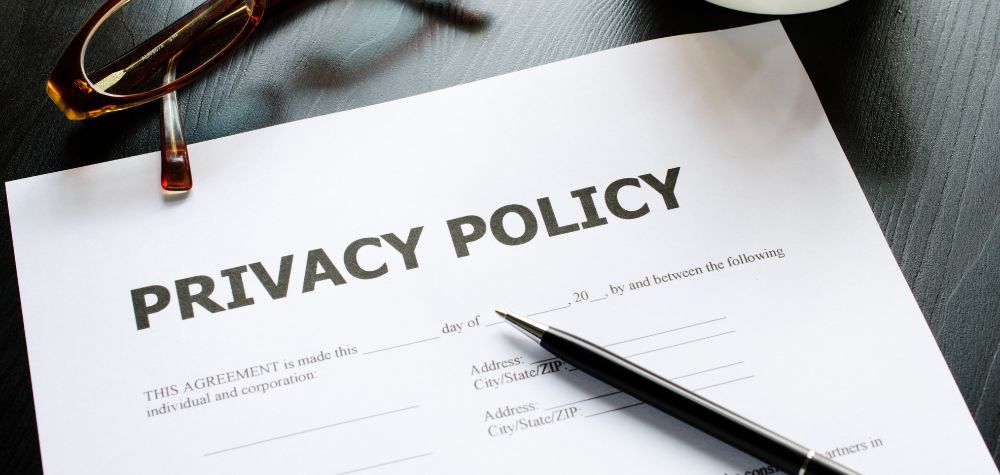
Working in a non-corporate job, whether as a freelancer, contractor, or small business owner, comes with a unique set of rewards and challenges.
One area that can be particularly tricky is dealing with legal matters. Unlike corporate jobs, where a dedicated HR or legal department handles the nitty-gritty details, in non-corporate roles, you often wear many hats—sometimes including an amateur legal advisor!
Let’s explore some common legal challenges you might face and how to navigate them.
1. Understanding Contracts and Agreements
One of the most significant legal challenges in non-corporate jobs is understanding and managing contracts. Knowing what you agree to is crucial whether you’re signing a contract with a client, vendor, or employee. Contracts are legally binding documents that outline each party’s responsibilities, expectations, and rights.
However, legal jargon can be confusing, and without a legal team to back you up, it’s easy to miss important details. This is why taking your time when reviewing contracts is so important. Don’t be afraid to ask for clarification on any terms you don’t understand. If you’re unsure, consider consulting a legal professional, even if it’s just for a quick review. It’s a small investment that can save you from bigger headaches down the road.
2. Protecting Intellectual Property
Protecting intellectual property (IP) is essential in non-corporate jobs, especially for creatives like designers, writers, or artists. Your work is your livelihood, and ensuring you maintain ownership over your creations can be a legal minefield if not handled properly.
Without the corporate safety net, it’s up to you to make sure your IP is protected. This might mean registering your trademarks, copyrights, or patents and ensuring that your contracts clearly state who owns the rights to your work. It’s also important to outline how the IP will be shared or licensed if you collaborate with others. Again, consulting with a legal expert can be invaluable here, especially if your work is something you want to protect in the long term.
3. Navigating Employment Law
Understanding employment law is crucial if you run a small business or are an independent contractor who hires other freelancers. Unlike large corporations, where HR departments handle compliance with employment regulations, non-corporate roles often require you to manage this yourself.
Employment law covers everything from wage and hour laws to workplace safety, discrimination, and termination procedures. It’s a lot to take in, and the regulations can vary depending on your location. Staying informed about your legal obligations as an employer can help you avoid legal issues and create a fair, positive working environment.
4. Dealing with Disputes
Legal disputes are something no one wants to deal with, but they can happen in any job, including non-corporate ones. Whether it’s a disagreement over a contract, a payment issue, or an IP infringement, it’s important to know how to handle disputes to protect your interests without escalating the situation.
Communication is key. Often, disputes can be resolved through open and honest discussion without the need for legal action. However, if things escalate, knowing your rights and having a plan is essential. Legal representation or knowing where to seek legal advice can be beneficial in these situations.
5. Staying Compliant
Compliance isn’t just for big corporations; it’s important for non-corporate roles too. This could involve anything from paying the correct taxes to ensuring your business practices meet industry regulations. Staying compliant can be challenging when juggling multiple responsibilities, but avoiding fines, penalties, and other legal issues is essential.
One way to stay compliant is to regularly review your practices and ensure they align with current laws and regulations. This could involve setting reminders to update your business licenses, reviewing tax obligations, or checking industry-specific regulations that apply to your work.
Legal challenges can seem daunting, especially in non-corporate jobs where you’re often left to handle these issues independently. But with a bit of preparation, a willingness to ask questions and a proactive approach to protecting your interests, you can confidently navigate these challenges.
Legal matters are just one part of the bigger picture of your work, and by tackling them head-on, you can focus on what you do best—growing your business, creating amazing work, and enjoying the freedom that comes with non-corporate life.










